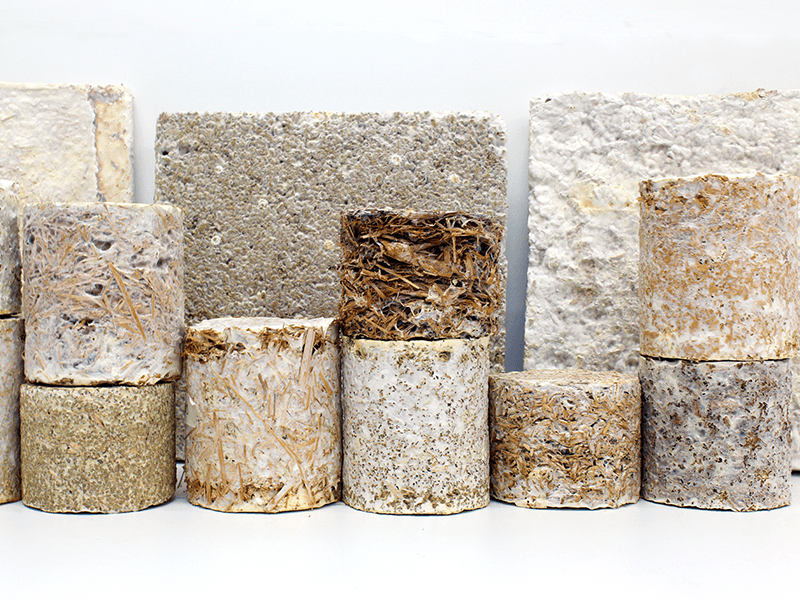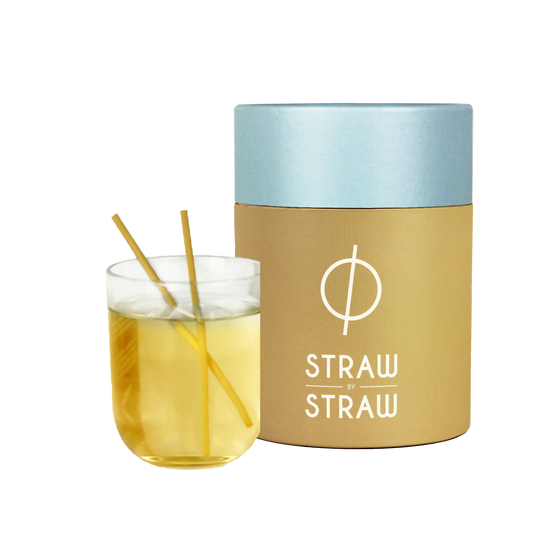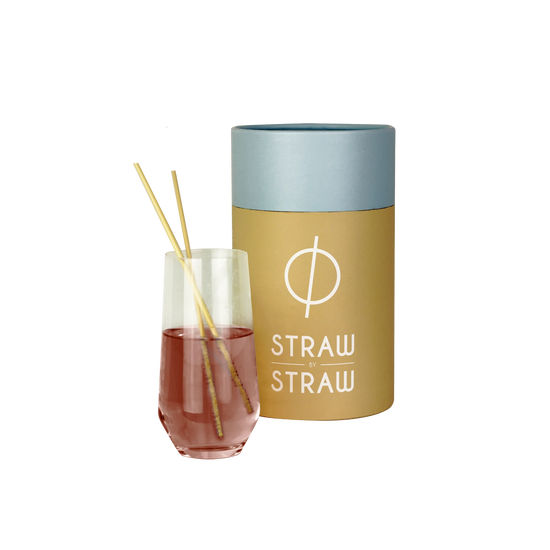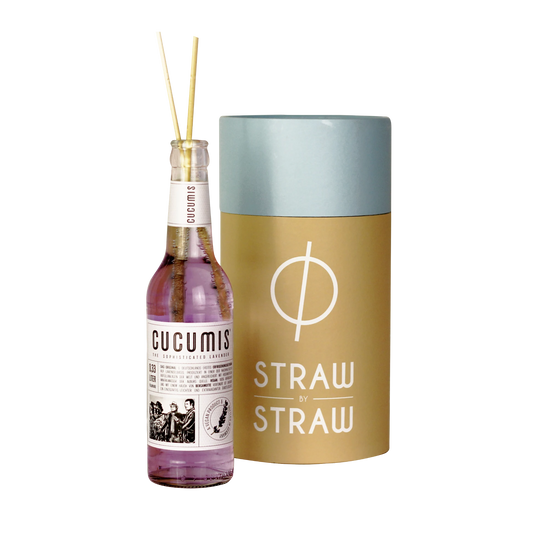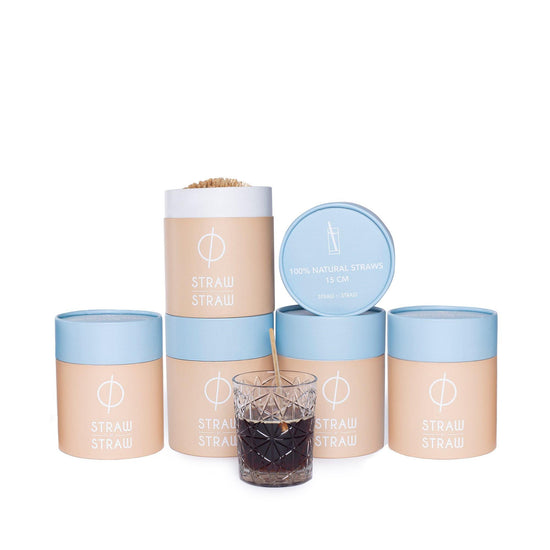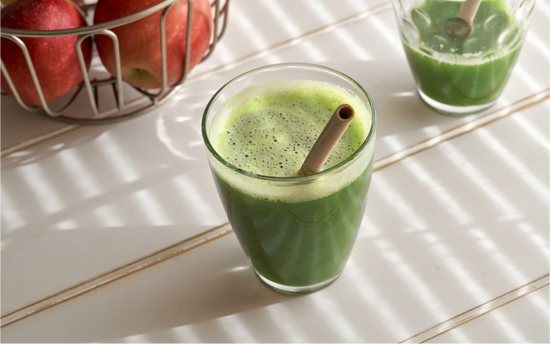In our mission to combat global plastic consumption, it is important not only to look at what the problem is, but especially at the things that offer us solutions. Now that the pressure of climate change is increasing, we notice that the natural alternatives of polluting products are emerging. In places where harmful materials were originally used, nature-friendly replacements are increasingly being looked into. Where we first worked IN nature, we now work increasingly WITH nature. We discover more and more on how we can work hand in hand with other life on earth. Our straws are a fairly simple example of this. They grow ready to eat in our nature and before we give them back to the natural circle, we give them a goal: to help us imbibe our drinks.
There are, however, a number of more advanced innovations where people learn to work together with their environment. A relatively recent innovation, which you should definitely place on your radar, is the newest building material Mycelium. Mycelium is technically just fungus - even more simply put: a kind of mushroom. It is an organism that consists of underground wires with which it creates a network that can grow for miles. By allowing this fungus to grow in specific structures, it forms a very strong building material that could potentially replace cement, wood, plastic and perhaps even metal. In the media it is regularly called "the new plastic".
The Mycoworks company is one of the companies that do extensive research into the possibilities that Mycelium offers. Watch this comprehensive video to quickly learn more about the benefits of Mycelium as a building material:
In addition to many safety benefits that the material can offer, it also offers possibilities for our handling of waste. This is because the product grows on the basis of organic material, which could be supplied in the form of residual waste from agriculture. Therefore, no new substances are needed for the production of Mycelium and we give our waste a positive function.
At the moment, the material is mainly used in the design. The Dutch designer Eric Klarenbeek won a lot of attention with his Mycelium Chair and Sebastian Cox and Nina Ivanova also create eco-friendly furniture. To be able to produce the product on a large scale, it still needs to be optimized, but it is a good potential substitute for plastic. After all, the best way to get rid of plastic is not to ban it, but to offer a better alternative.

Mycelium Chair, Eric Klarenbeek
Header picture: CoE BBE


